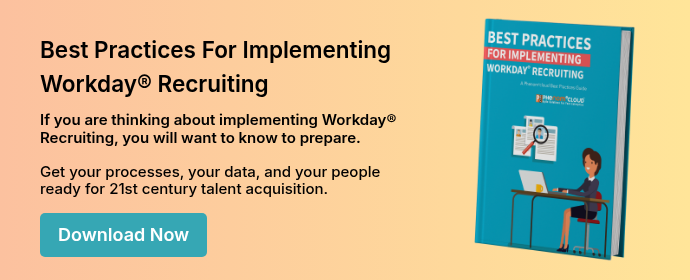
When we discussed quality of hire last January, we noted that the metrics used to evaluate recruiting didn’t pass the credibility test. We based our concerns on the top recruiting metrics reported in the Global Recruiting Trends 2016 report from LinkedIn.
Only 33% of recruiters in the survey believed they had effective measures. The number one metric in that report was new hire performance evaluations, and our conclusion was that the low confidence in evaluations rendered that metric invalid. Now, with the worldwide trend away from performance evaluations, it has dropped off the list. Table 1 shows how the measures changed year over year.

The report for 2017 shows the top three new measures: length of time new employees stay with the company, time to hire, and hiring manager satisfaction. That is an improvement, but we question the credibility of the retention as a measure of quality of hire.
Is Retention a Credible Recruiting Metric?
Recruiting has a significant impact on quality of hire until the day the employee starts in the new role. The transition from candidate to employee depends on the quality of recruiting and onboarding. However, recruiting no longer controls the ongoing quality of the relationship. The forces that influence the employee experience most are working relationships, growth and development, and company culture.
Time to Hire
We support hiring time as a measure because it affects the employee experience. If you are slower than your competitors, you can lose out on top talent. We recommend using it as a factor in measuring the candidate's experience as well.
Hiring Manager Satisfaction
The relationship between the recruiter and the hiring manager is four times as influential as any other performance driver.[1] Research by Robin Erickson, Ph.D., of Bersin by Deloitte shows us that recruiters with better working relationships outperform others. Organizations in which better relationships between recruiter and hiring manager exist outperform their competitors.
Conclusion
If this number one indicator drives organizational performance, it pays to assess and grow recruiters’ ability to form those relationships. For some managers it is not easy, but relationship management is a skill that can be improved with training. We look forward to seeing the results of improvements and hope to see it on next year’s list of metrics.
References:
1. Erickson, Robin. “Surprising #1 Predictor of Talent Acquisition Performance.” Bersin by Deloitte. August 17, 2016.
PhenomᵉCloud is a comprehensive technology solutions provider committed to empowering businesses to overcome challenges, enhance their workforce capabilities, and achieve superior outcomes.


Leave a Comment